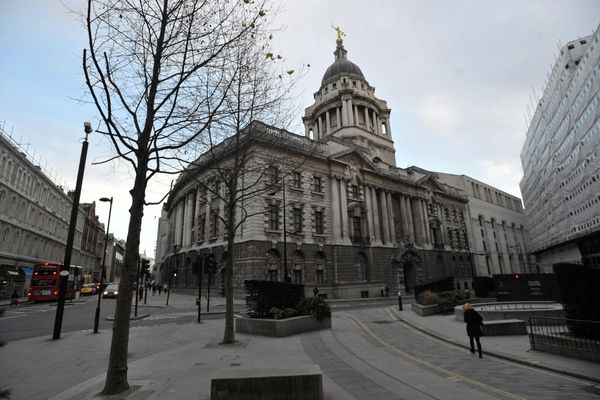- The James Webb Space Telescope (JWST) has unveiled the previously hidden core of the Butterfly Nebula, a celestial phenomenon discovered in the 1970s.
- Using its Miri instrument, the JWST peered through dense dust to reveal the central star and its surrounding activity, offering insights into the potential future of our own sun.
- Scientists discovered tiny crystals, including quartz, forming in a doughnut-shaped ring, alongside jets rich in iron and nickel, and polycyclic aromatic hydrocarbons within the nebula.
- The findings indicate the nebula is far more dynamic than previously assumed, with both calm and violent processes occurring simultaneously.
- The Butterfly Nebula, located approximately 3,400 light years away, is an example of a star shedding its outer layers to form a planetary nebula, a process our sun is expected to undergo in about five billion years.
IN FULL







